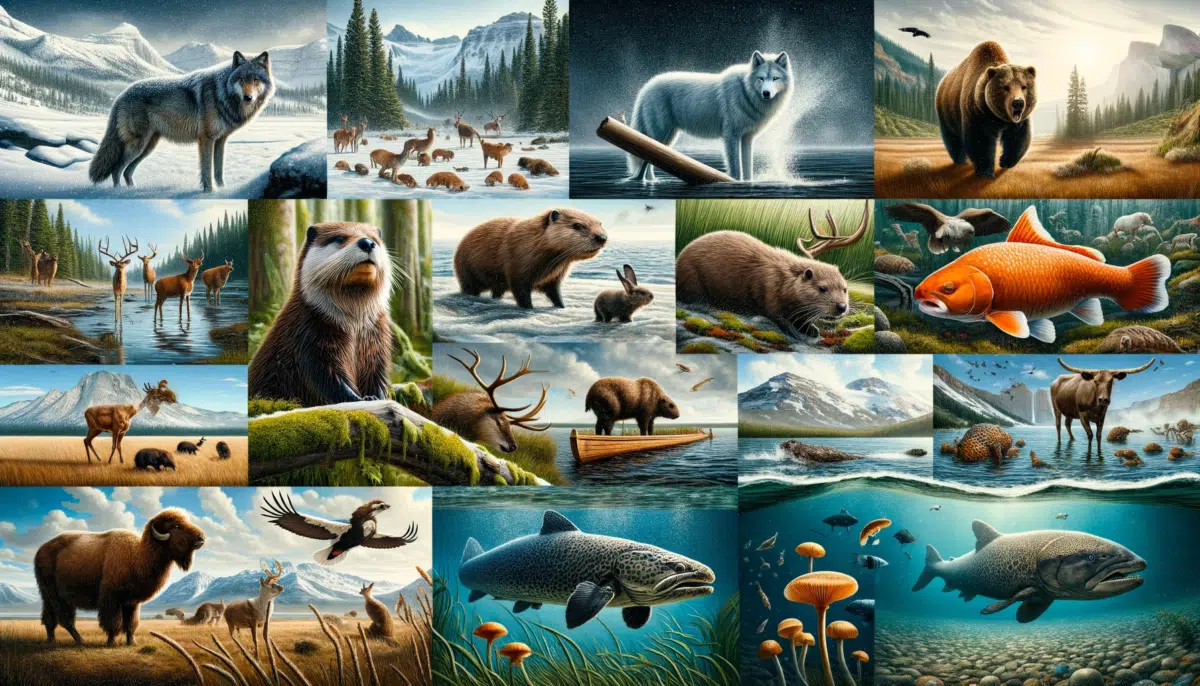The United States is home to a diverse range of wildlife, each species playing a unique role in its ecosystem. Among these keystone animals, are of particular ecological importance. These species have a disproportionate impact on their environment, far exceeding their numerical presence.
Gray Wolf:
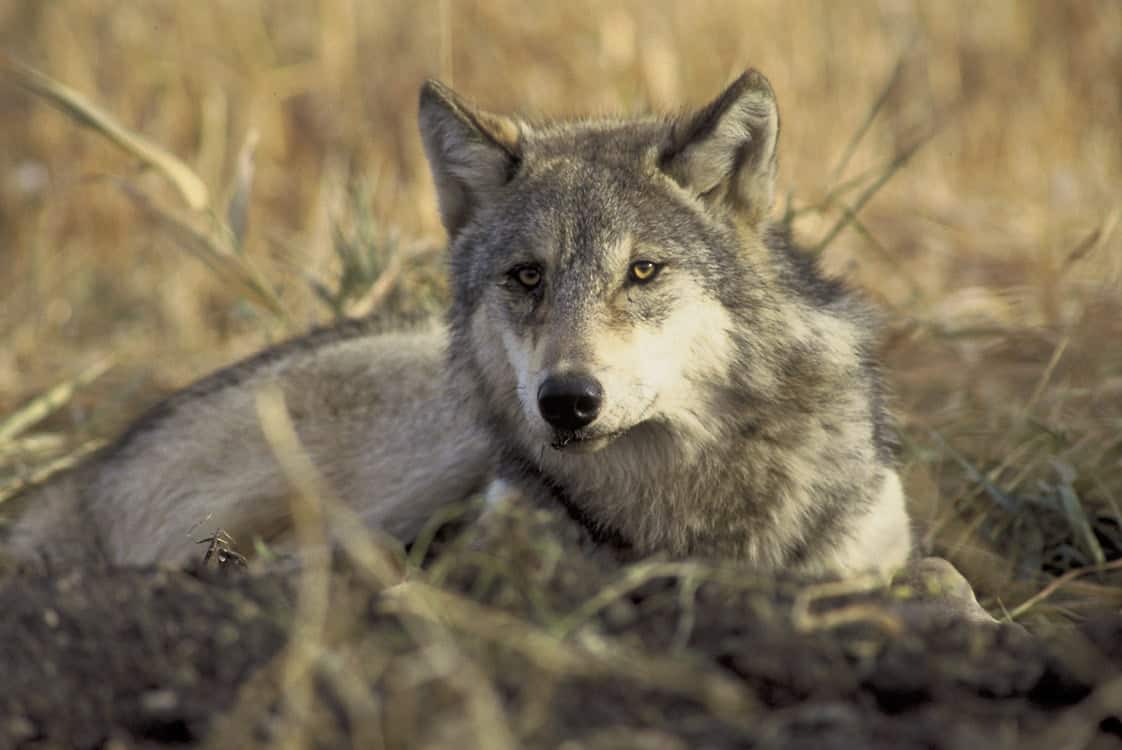
Found in regions like Yellowstone National Park, gray wolves are known as keystone animals as they are vital for controlling the population of large herbivores such as elk. Their predation helps maintain the balance of plant and animal communities, which has far-reaching effects on the ecosystem’s structure and function.
Beaver:
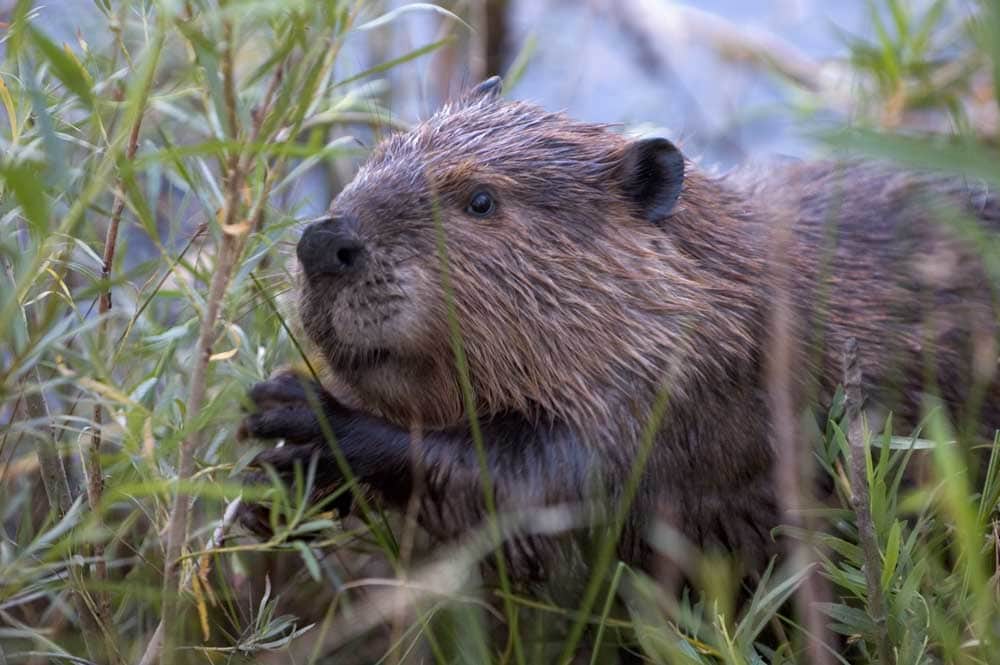
As ecosystem engineers, beavers play a crucial role in creating and maintaining wetlands. Their dam-building activities lead to the formation of ponds and wetlands that support a diverse range of species, aid in water purification, and help in controlling floods.
Sea Otter:
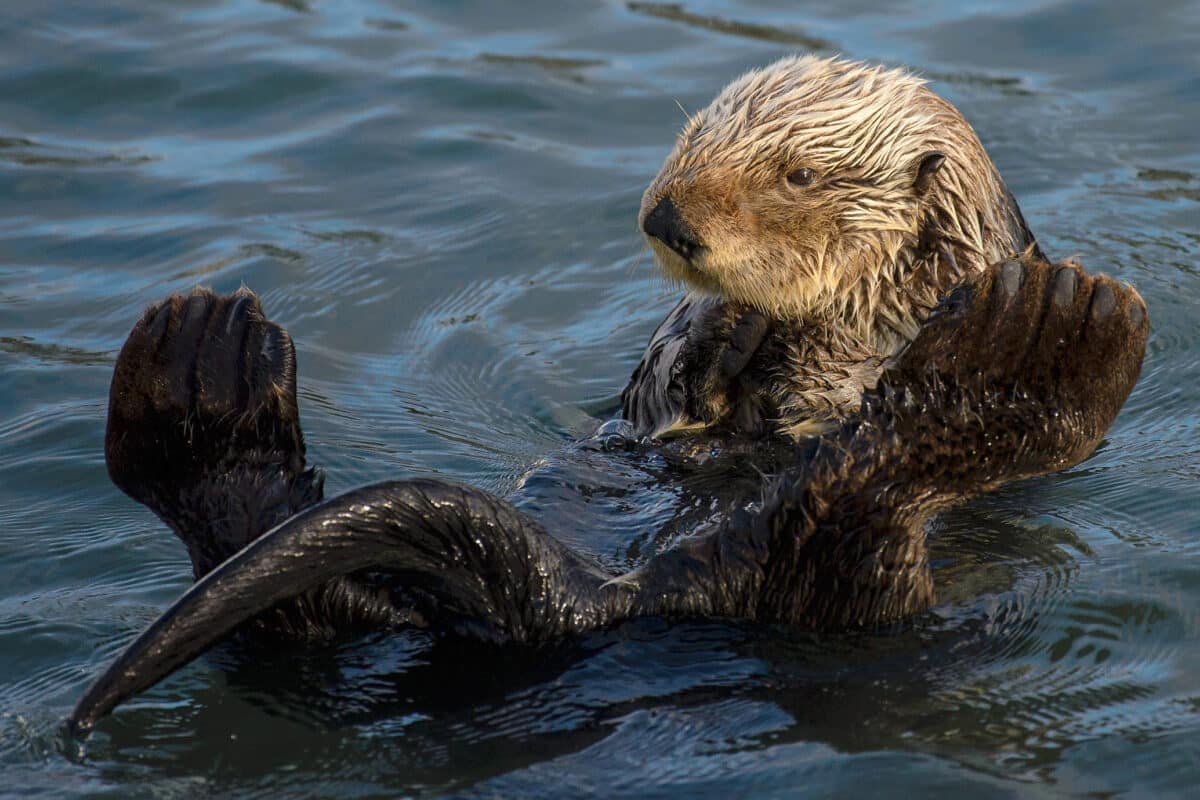
In marine ecosystems along the Pacific coast, sea otters are essential for the health of kelp forests. They control sea urchin populations, which, if unchecked, can destroy these vital underwater habitats.
Prairie Dog:

Prairie dogs significantly impact the prairie ecosystem. Their burrowing activities aerate the soil, aiding in water and nutrient cycling, and create habitats for other species.
Bison:
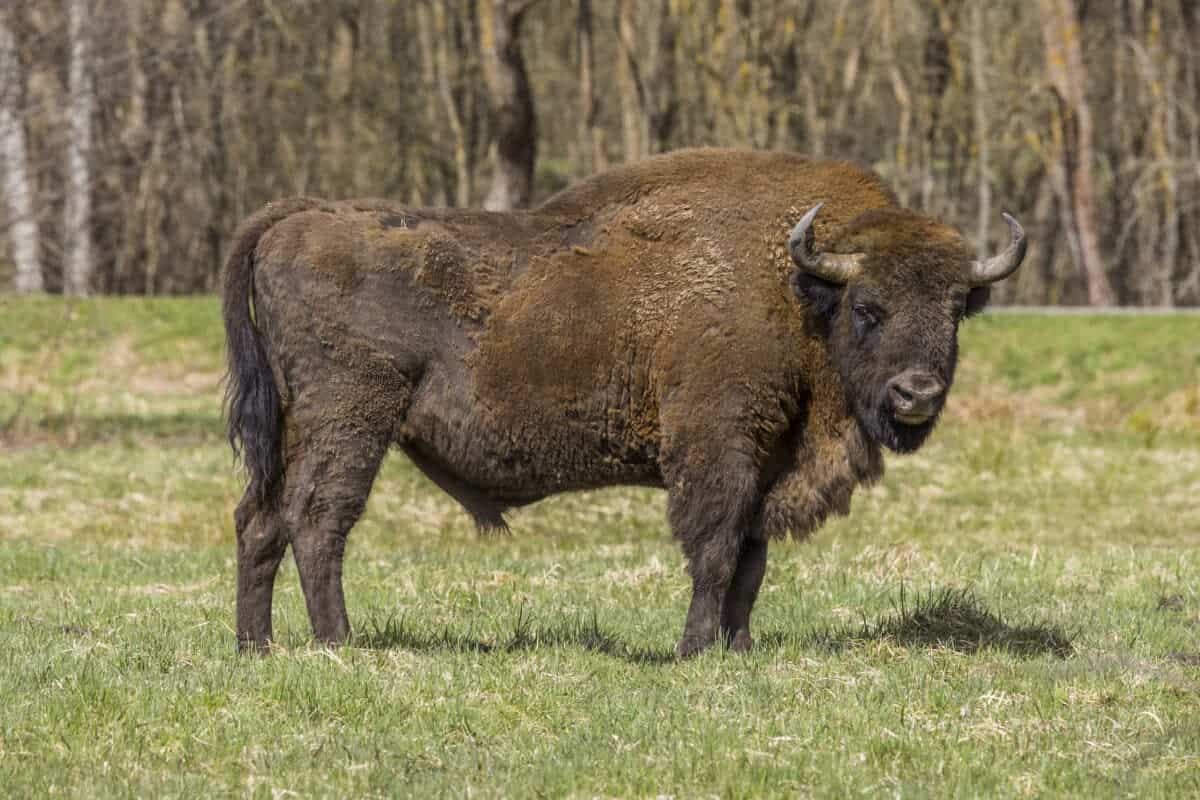
Once roaming the Great Plains in vast numbers, bison play a key role in grassland ecology. Their grazing patterns help maintain the prairie landscape, aiding in seed dispersal and habitat creation for other species.
American Alligator:
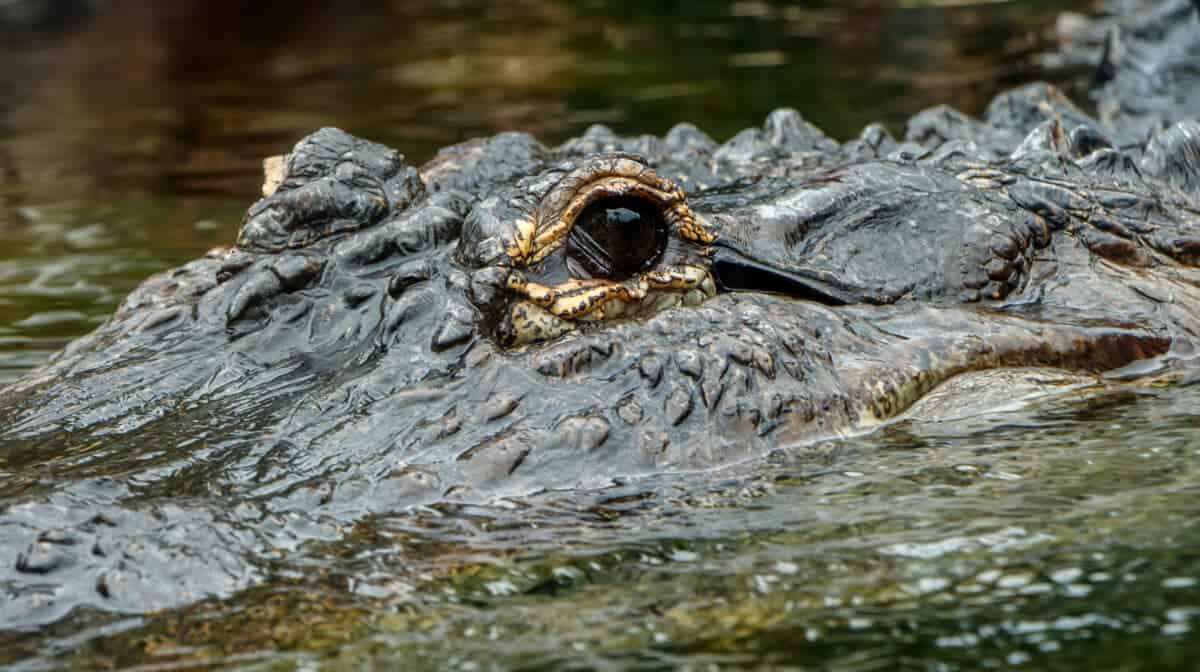
In the southeastern United States, especially in wetlands like the Everglades, alligators are crucial for maintaining the ecosystem balance. They create “alligator holes” that provide habitats for various aquatic species during dry periods.
California Condor:

As scavengers, these large birds help in the ecosystem’s nutrient cycling by consuming dead animals. Their presence is vital for maintaining the health of the ecosystem they inhabit.
Salmon:
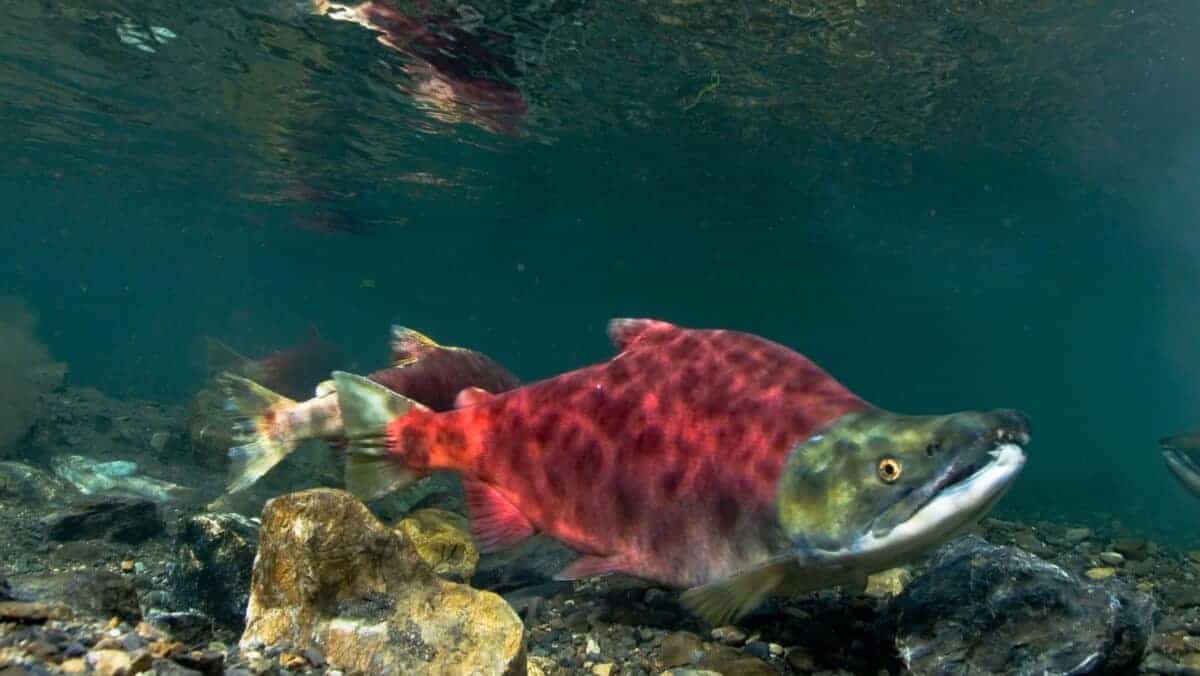
Salmon are critical for nutrient cycling in both marine and freshwater ecosystems. They are a key food source for a variety of predators and, when they spawn and die, their bodies provide vital nutrients to river ecosystems.
Banana Slug:
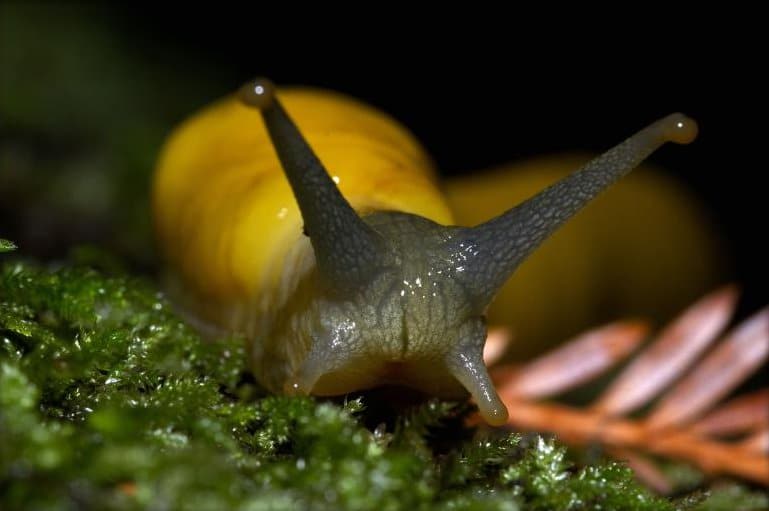
Found in the forests of the Pacific Northwest, banana slugs play a significant role in decomposing organic matter, recycling nutrients, and maintaining the health of forest floors.
Manatee:
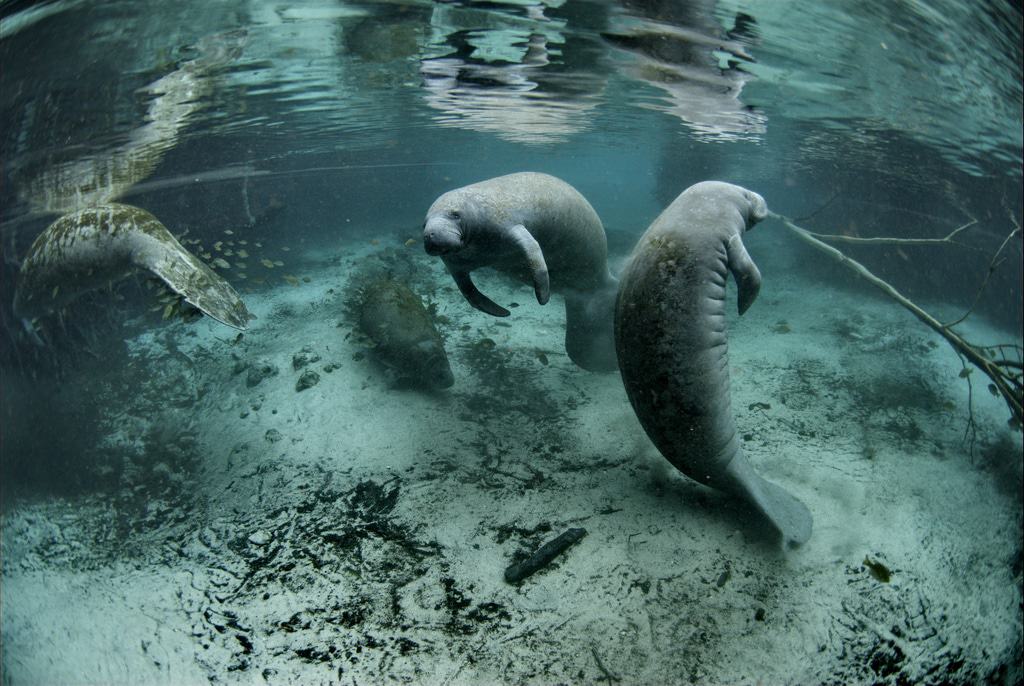
In Florida’s freshwater ecosystems, manatees help maintain aquatic vegetation levels, which is crucial for the health of these waterways and the species that inhabit them.
Each of these keystone species illustrates the intricate and often delicate balance of ecosystems, emphasizing the importance of conservation efforts to protect these vital creatures and the environments they sustain.
Top 10 Animals of Death Valley
Top 10 Animals in Yellowstone National Park
Join our Forum for free today!

- The Kleptomaniac Cat That Rules Houston - July 20, 2024
- Elephant Makes a Lifelong Friend at Sanctuary in Tennessee - July 14, 2024
- Evidence For World’s Oldest Fossilized Forest Discovered in New York - July 11, 2024

